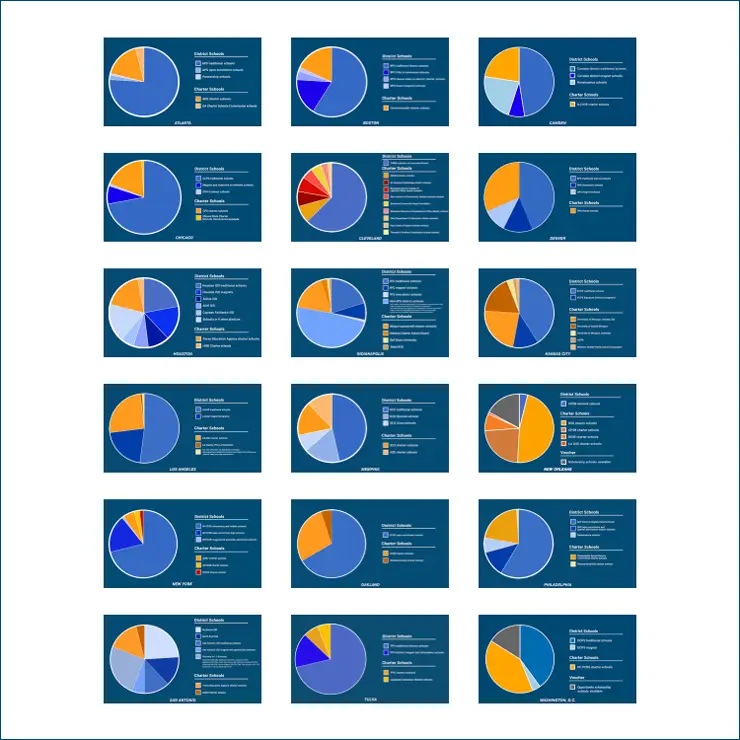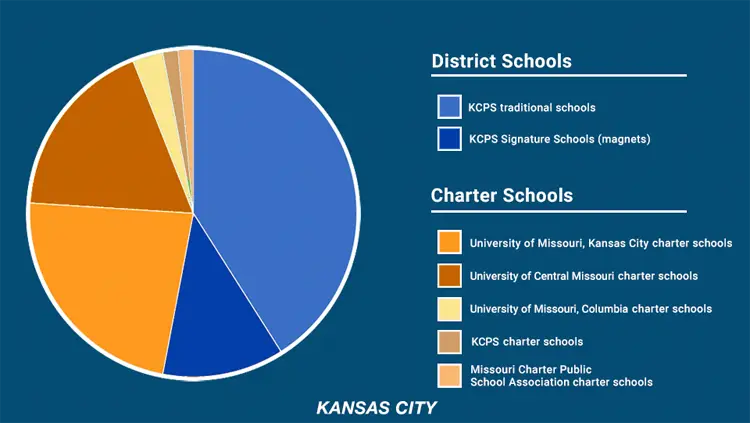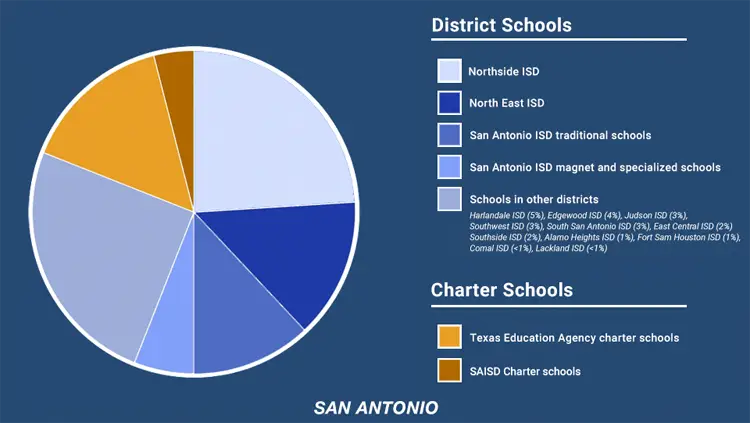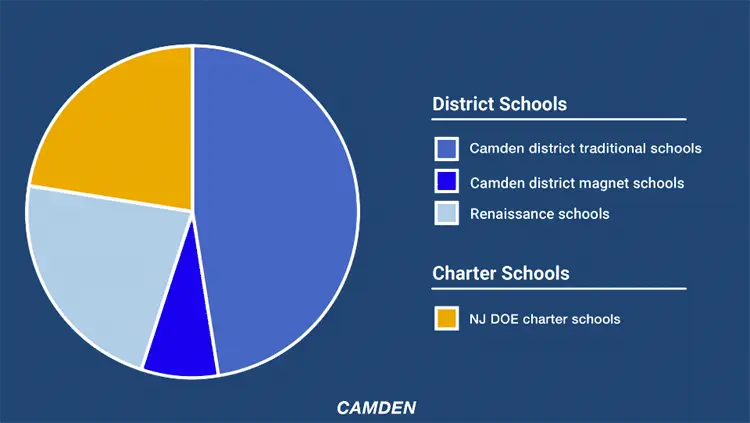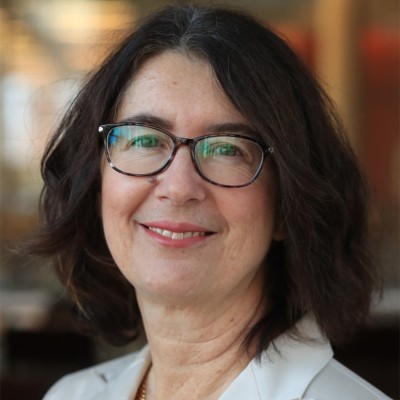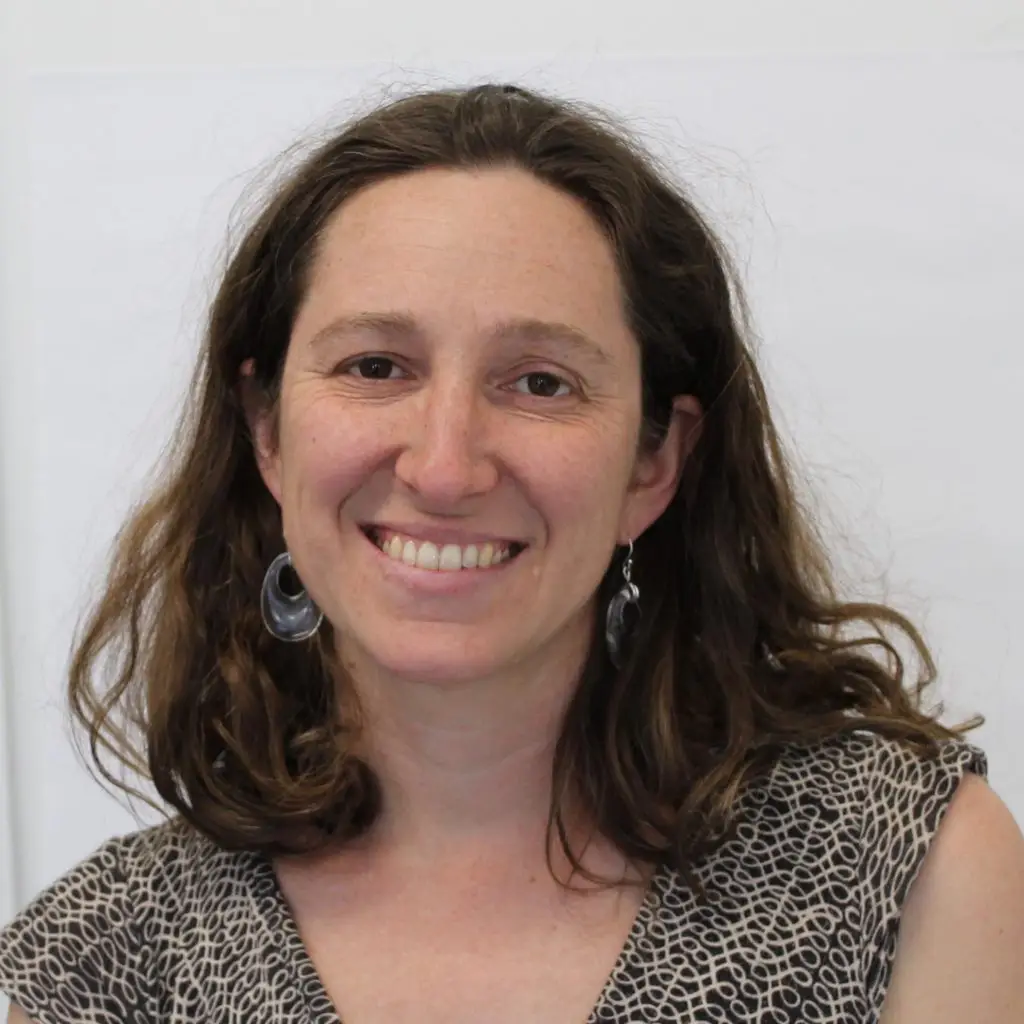Our new report, Stepping Up: How Are American Cities Delivering on the Promise of Public School Choice?, finds a variety of public school choice available in cities—district-run magnet, innovation, and open-enrollment schools; charter schools overseen by multiple authorizers; and district-charter partnership schools. In some cities, private schools accept publicly subsidized vouchers. In others, students can choose from schools across multiple districts within a municipal boundary. Clearly, choice is the new normal in many American cities.
Many know that New Orleans and Washington, D.C., provide a great deal of choice to families because of their large numbers of charter schools. But in many cities—including Camden, Cleveland, Denver, and Memphis—more than half of the city’s public schools are available for choice through not only charter schools but also district, magnet, and open-enrollment schools. This chart shows that families in Kansas City can potentially choose from more than half the schools in the city.
In cities like Cleveland, Tulsa, and San Antonio (see chart below), district and non-district authorizers oversee charter schools. While this provides greater opportunities for charter schools to be authorized, we know that non-district authorizers are not always well-integrated into a city’s overall education improvement strategy. Collaboration and coordination—essentially portfolio management—across the district and charter sectors are vital for coherence about school siting and feeder patterns, simplicity in the enrollment process, and transparency about services for students with special needs.
In some cities, what we think of as choice is shifting. In Atlanta, many charter schools use neighborhood preferences to ensure that students in high-needs areas have access to the school down their street. Camden and Philadelphia have invested heavily in district-charter hybrid models, called Renaissance schools. With Renaissance schools, like other partnership or contract schools found in Atlanta, Chicago, and Tulsa, charter operators manage district schools within a traditional catchment zone. This can facilitate coherent feeder patterns and ensure that new options are available to families in target neighborhoods. These partnership schools are creating a third kind of school governance—not district, not charter—that can play a significant role in educating students in a city, as shown in the Camden chart below.
Choice is clearly the new normal in urban school systems. In a survey we conducted in eight cities earlier this year, 51 percent of families reported sending their children to a non-assigned school. In every city we studied, choice is leading to a greater variety of school models and learning opportunities. But we also see an obvious need to improve information about schools and provide supports to help families select options.
When you look at how choice is sliced up, what stands out to you? Share your thoughts with us on Twitter.
